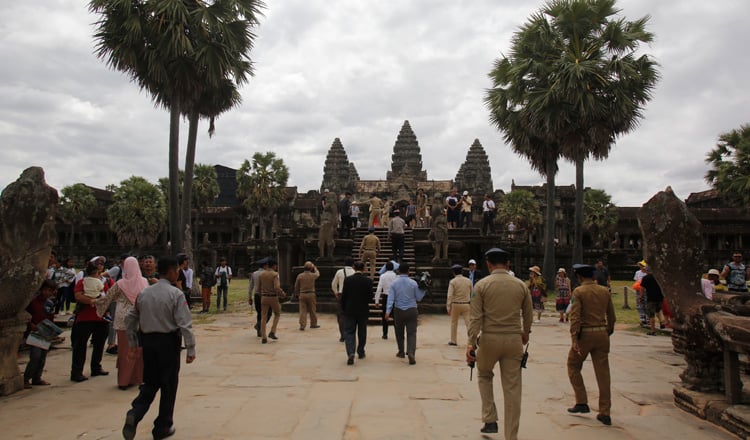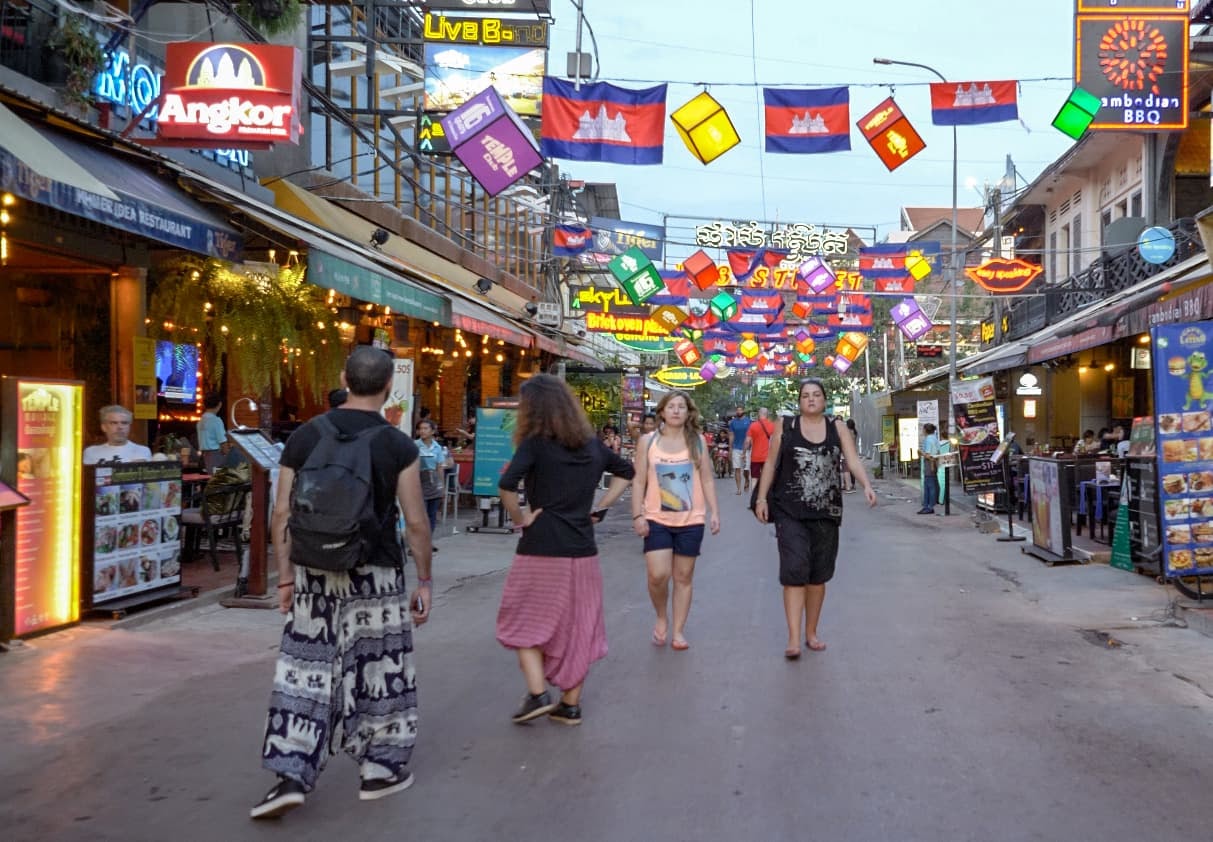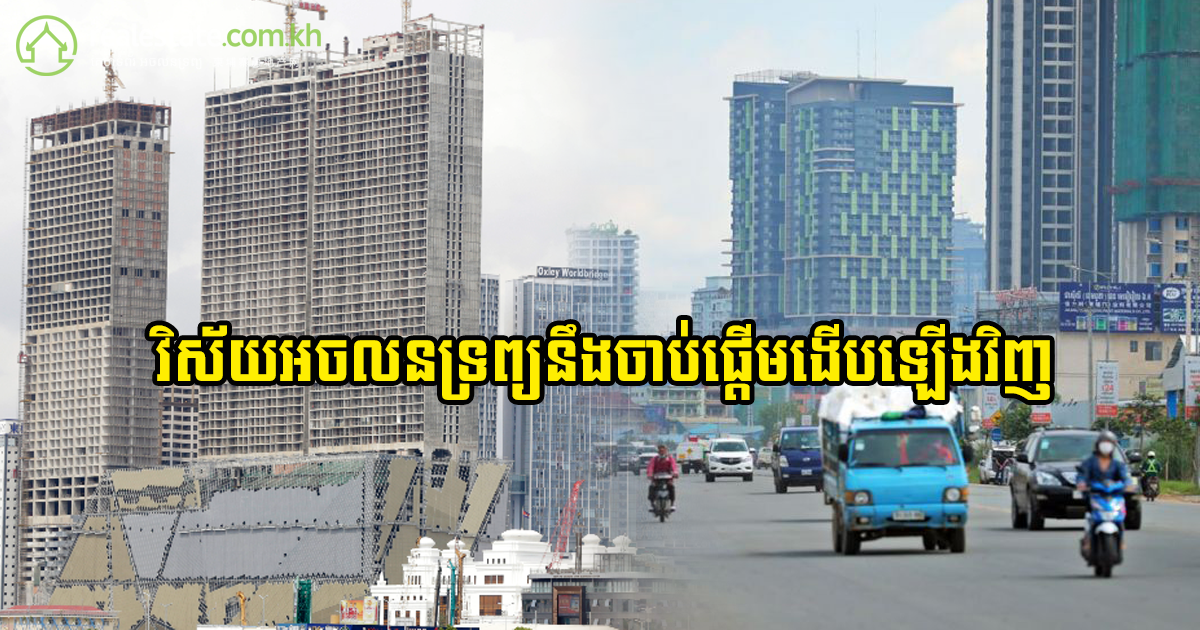
.jpg)
The tourism industry has shifted its attention towards the domestic market and will likely do so in the short-term within 2021. Supplied.
The past half decade’s influx of international tourists has been the main source of growth for hotels and the highlight of the wider tourism industry in Cambodia. The outbreak of COVID-19, however, severed that lifeline and left the tourism industry in dire straits for much of 2020.
Knight Frank’s recently released report, “Cambodia Real Estate Highlights H2 2020”, shows a struggling hotel sector but not one robbed of progress nor hope for recovery. The virtual standstill of international travel has put a greater emphasis on the role played by domestic tourists in keeping tourism going in Cambodia.
Knight Frank’s report projects that hoteliers will continue to focus on domestic tourism over the short-term to offset the reduced number of international tourist arrivals - a demographic that has been cut by as much as 95% in the second half of 2020 compared to the same period in 2019. Knight Frank observed that operators have been focusing on attracting more domestic tourists by offering special packages for both short-term and long-term stays with heavily discounted rates of up to 60%.
In an August 2020 article by the Khmer Times, hotel operators observed a 90% occupancy rate from reservations made for the upcoming Khmer New Year. The long holiday celebration usually observed in April of every year was postponed due to the height of COVID-19 fears at that time. Given the public events and gatherings associated with the holiday, the government moved the yearly holiday from April 2020 to August 2020.
The interest from domestic tourists, both locals and foreign residents in Cambodia, was not a one-off event either. In a later October 2020 report by the Khmer Times, over 1.1 million tourists were recorded to have traveled around the Kingdom during the 3-day Pchum Ben festival in September 2020. The article explains that the reported tourist figure was made up of 99% Cambodians and less than 1% foreign nationals residing in the country.

Hoteliers and government officials have been working together to mitigate the economic impact of COVID-19. Photo by K/T Khem Sovannara.
The Cambodia Hotel Association recently launched a campaign to revive Siem Reap’s economy called #AngkorLikeNeverBefore. The campaign is a collective effort of hotel operators to reinvigorate the temple town by reintroducing its world-famous temples as an “ethereal experience” given the absence of large tourist crowds, allowing today’s visitors to have the temples for themselves.
The national government has also stepped in to help the tourism industry, particularly in Siem Reap. Knight Frank reports that the government is working hand-in-hand with the National Bank of Cambodia in its launch of a series of monetary and fiscal policies to assist tourism stakeholders including tax exemptions and increased liquidity for affected businesses/hoteliers.
Cambodia’s hotel sector outlook, however, remains bleak within the context of COVID-19 international travel. Knight Frank’s report projects international tourist arrivals will remain subdued with the 14-day quarantine period still imposing, placing continued pressure on occupancy rates, Average Daily Rate (ADR), and Revenue Per Available Room (RevPAR).
Despite the continuing difficulties the sector faces, the source of relief the wider tourism industry needs are shared with the Cambodian property sector: Attracting and meeting the needs of the domestic market.
Article by:


_6ciDb9F.jpg)



Comments